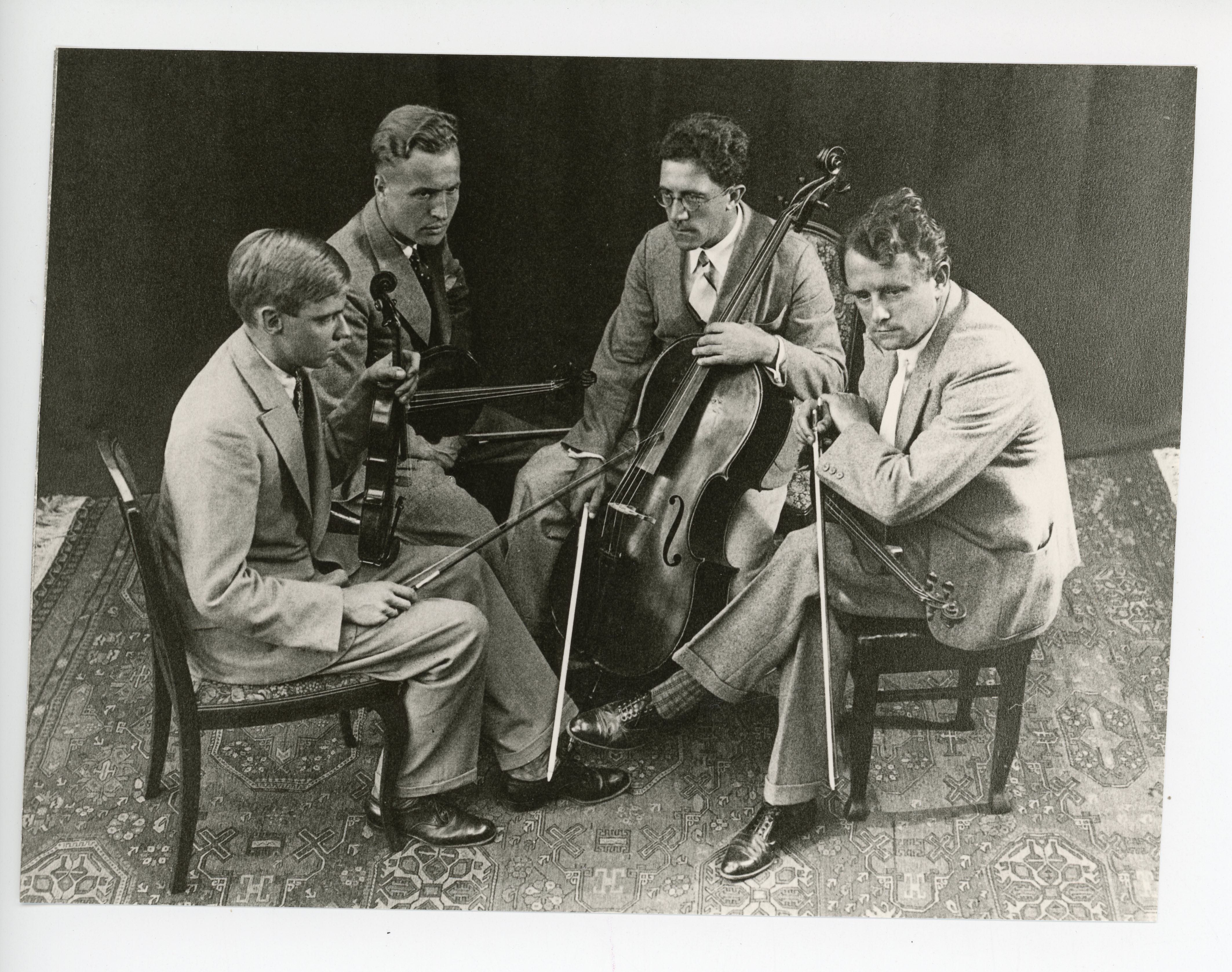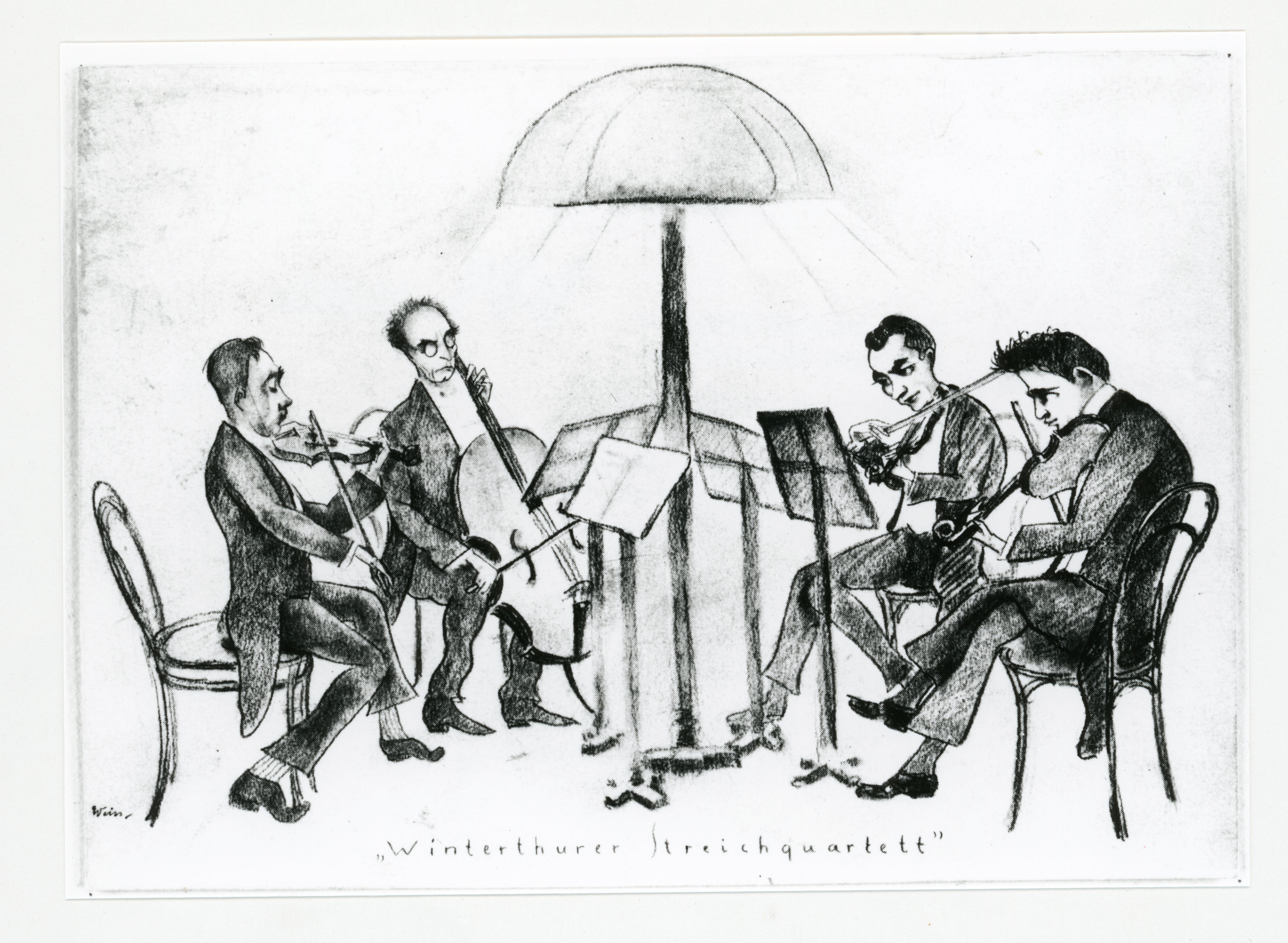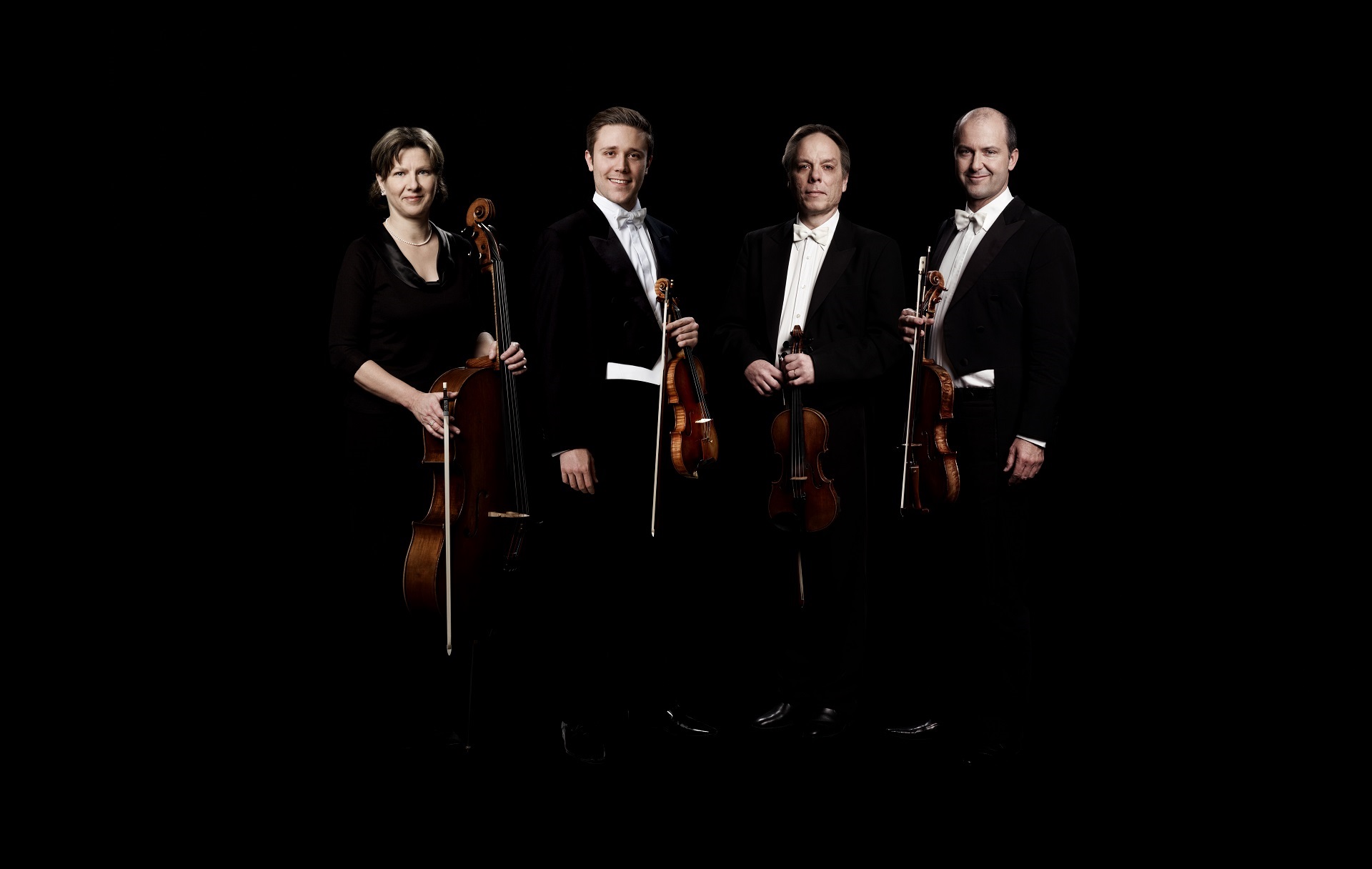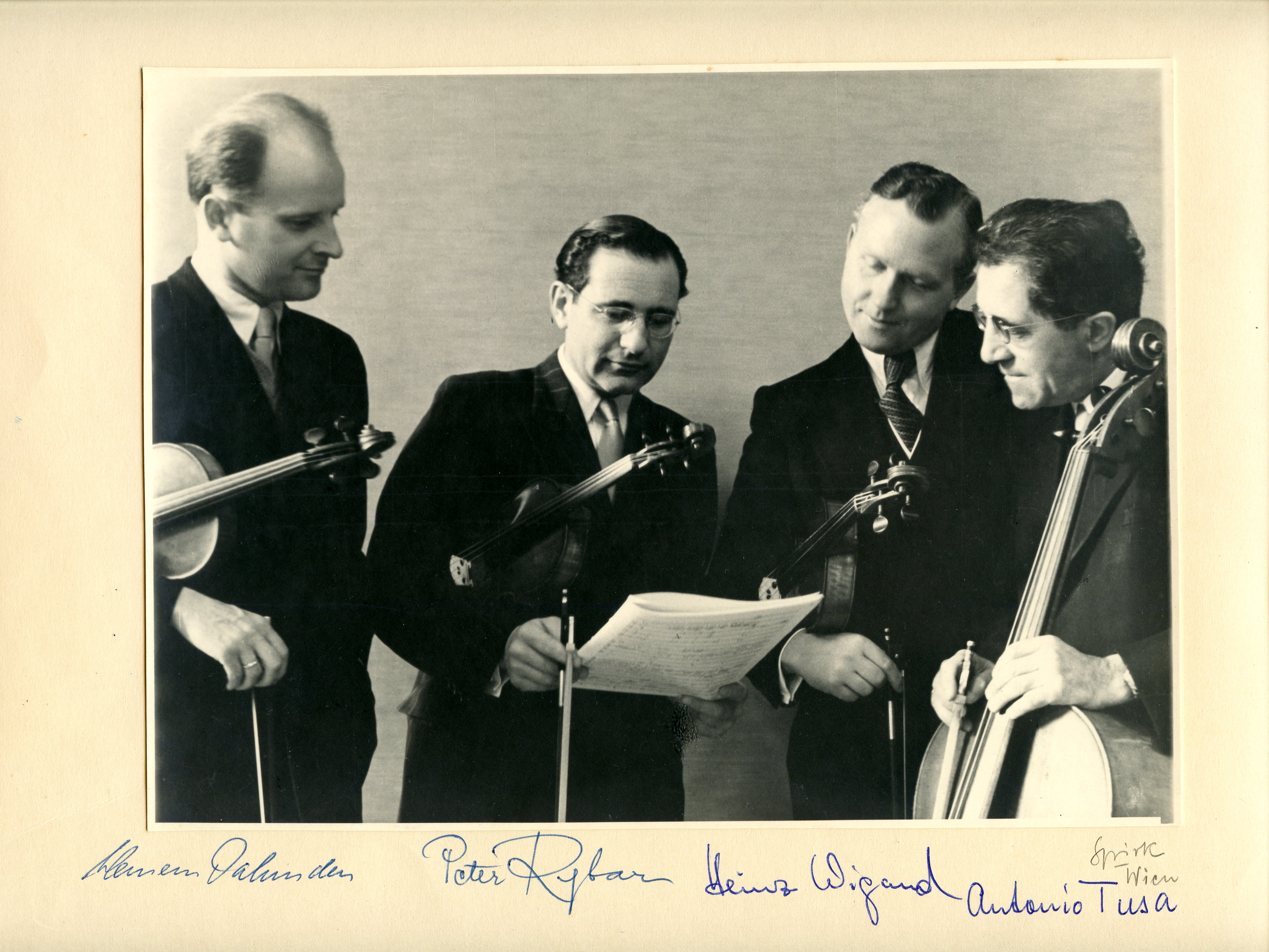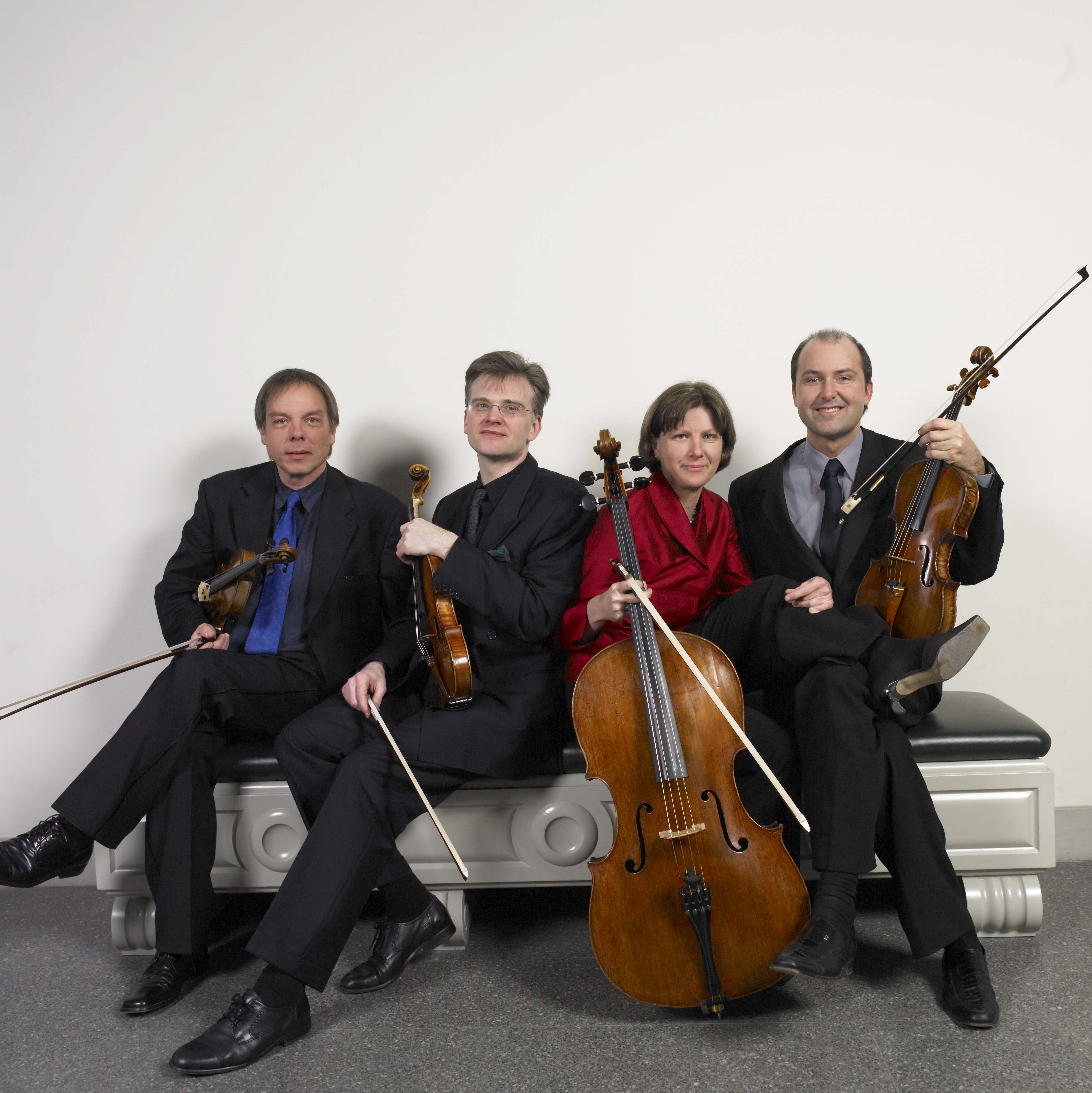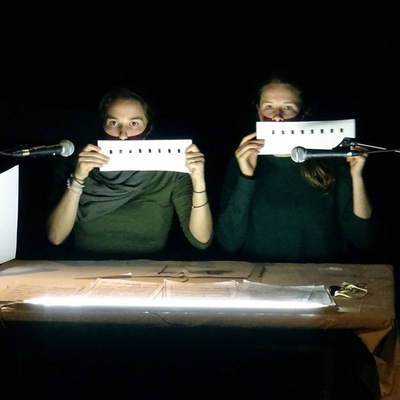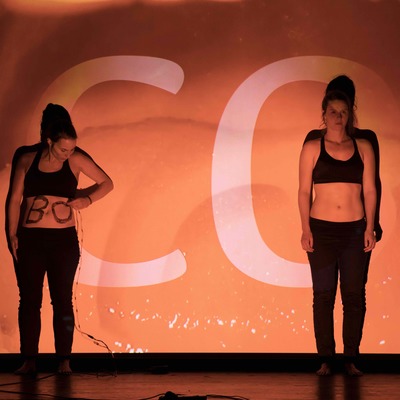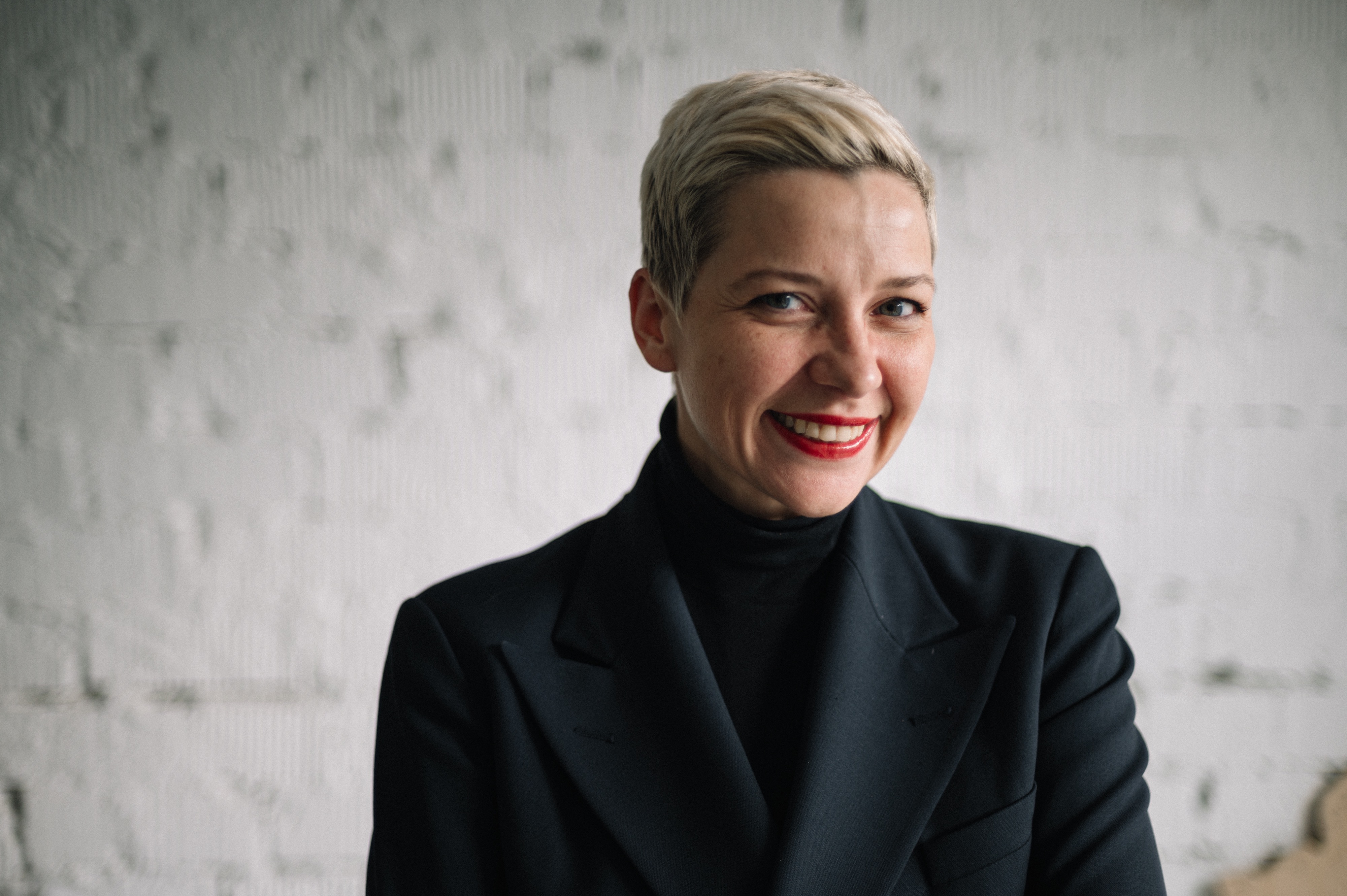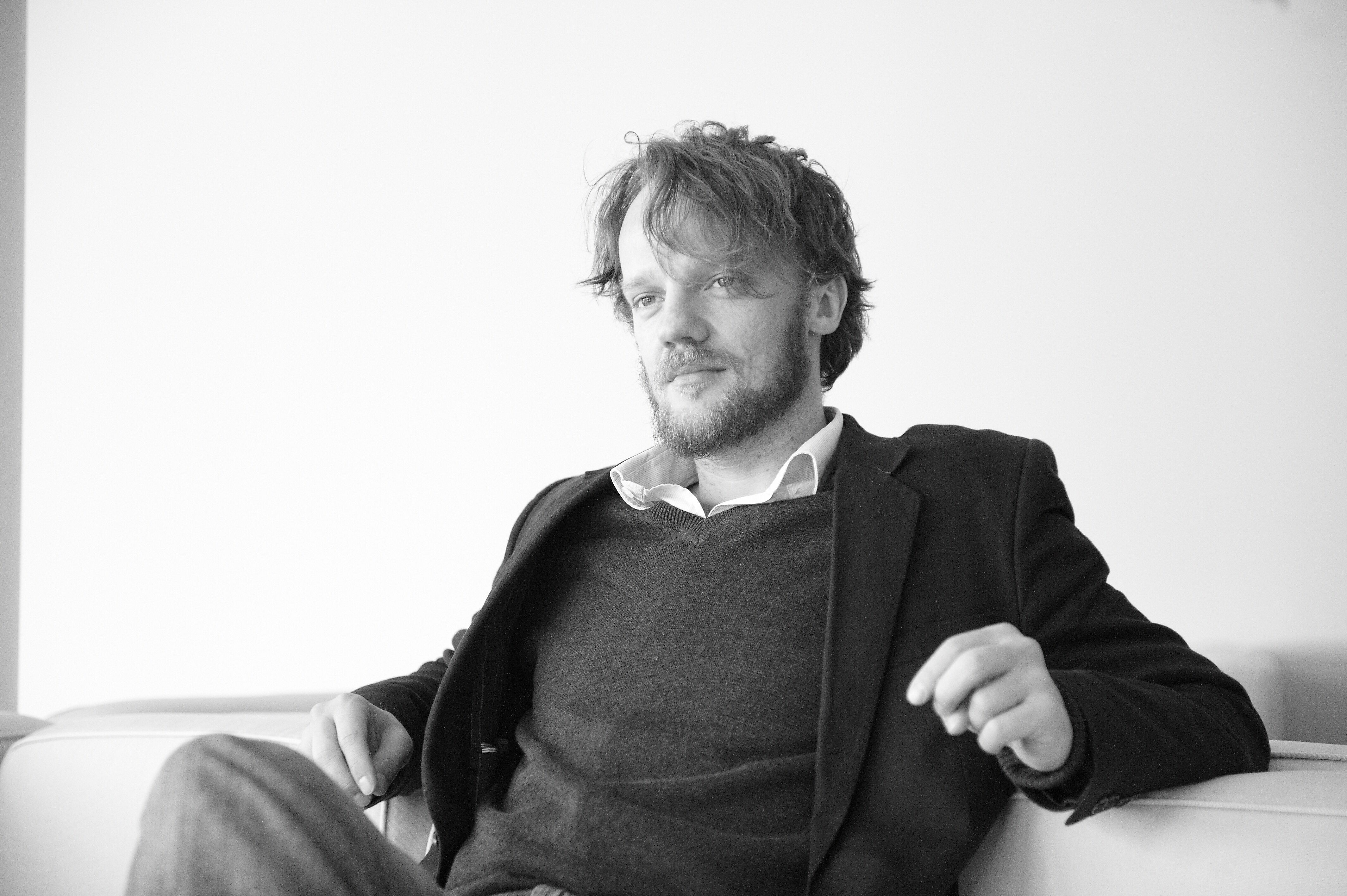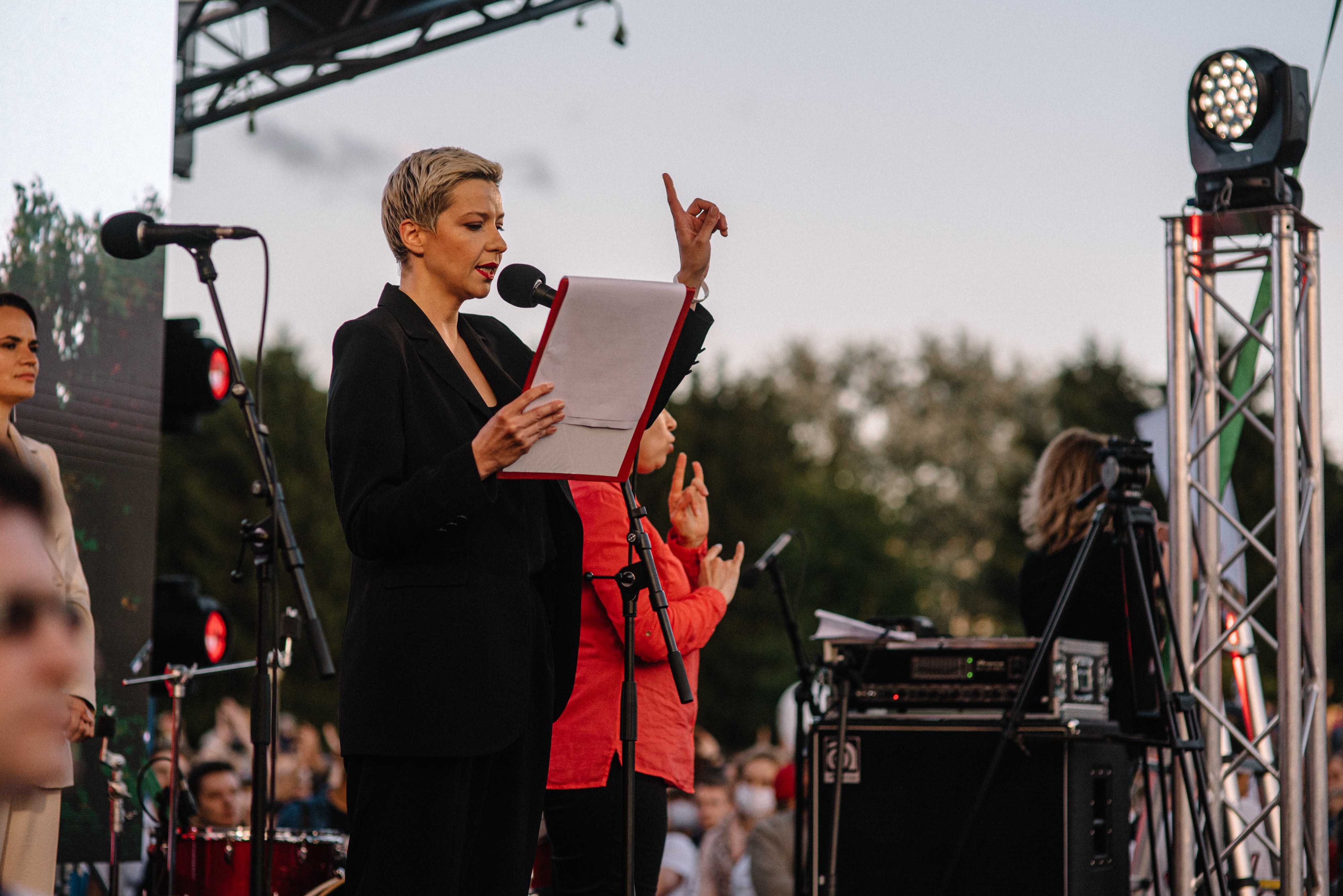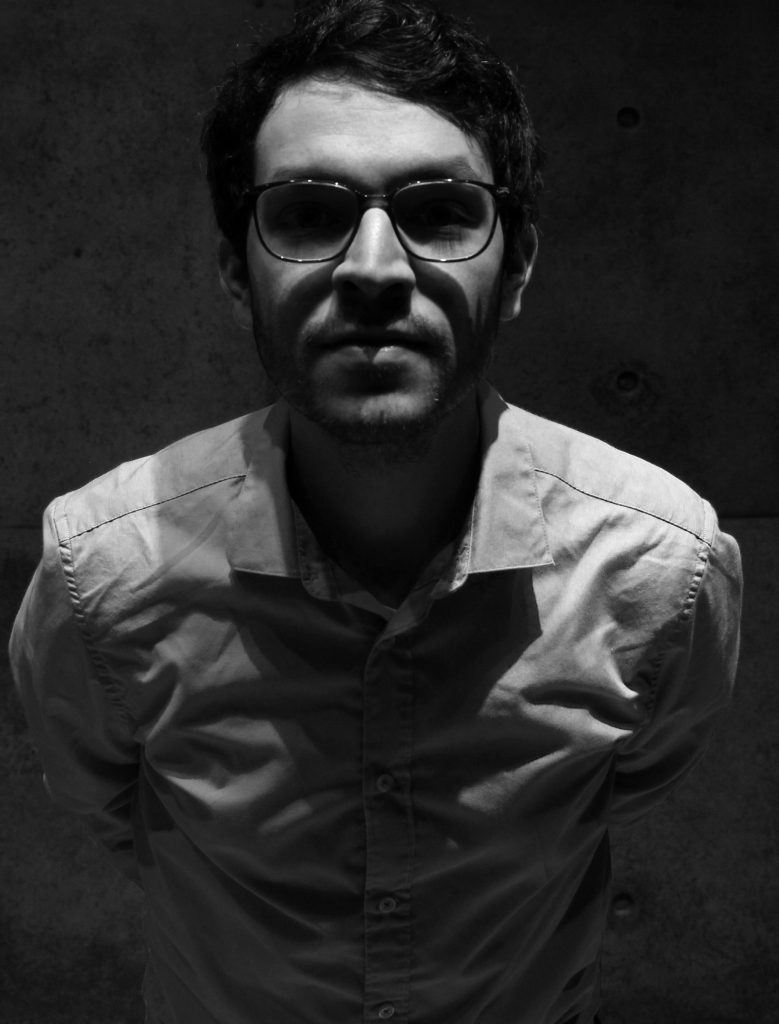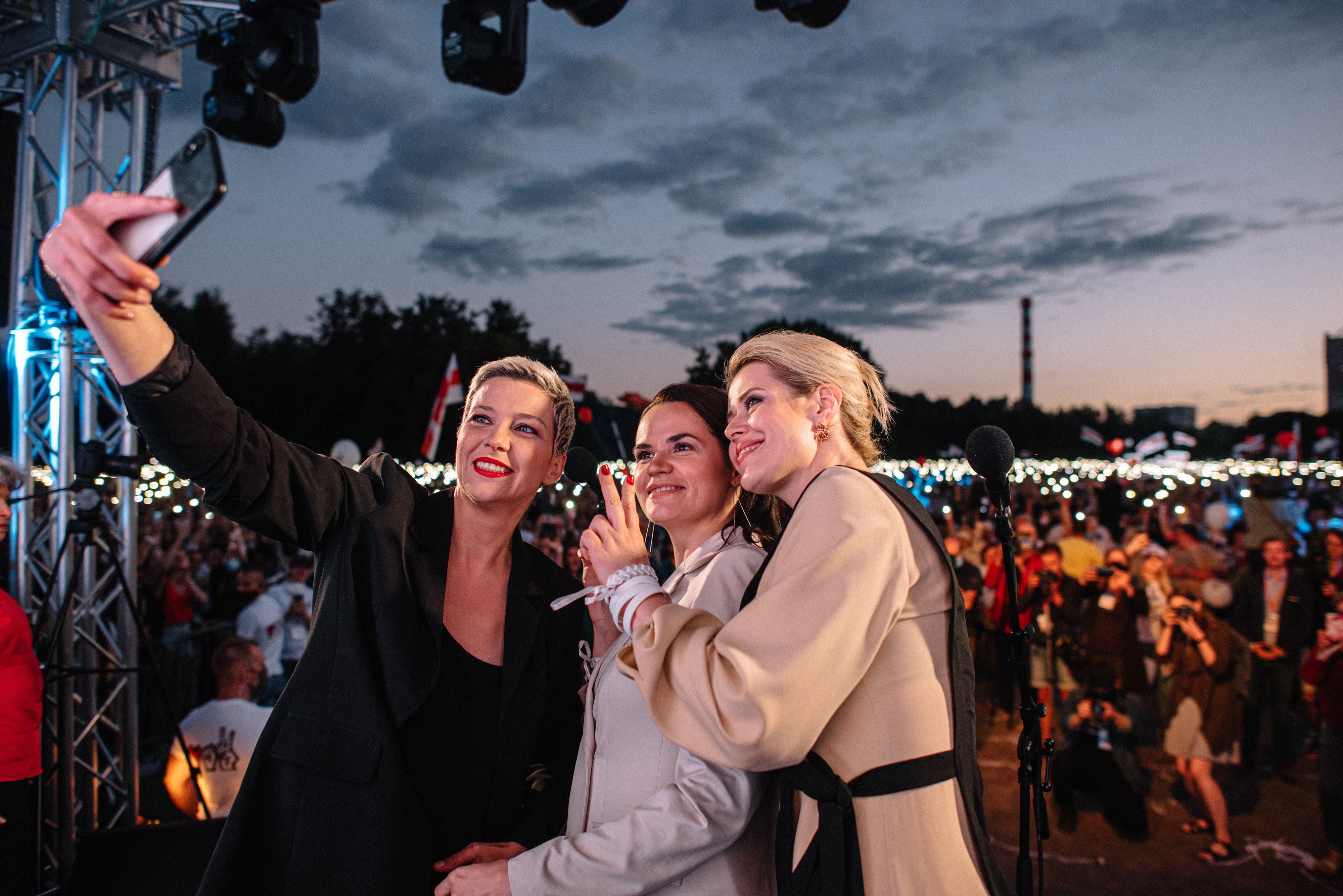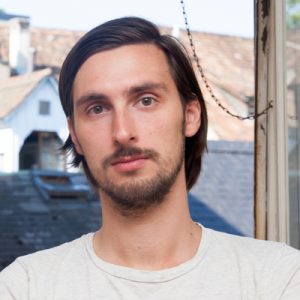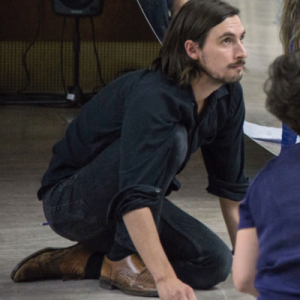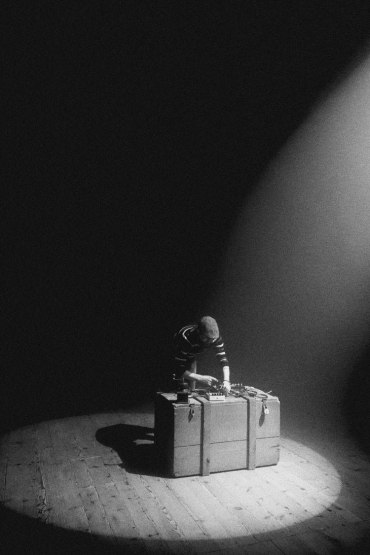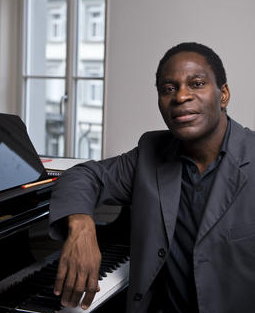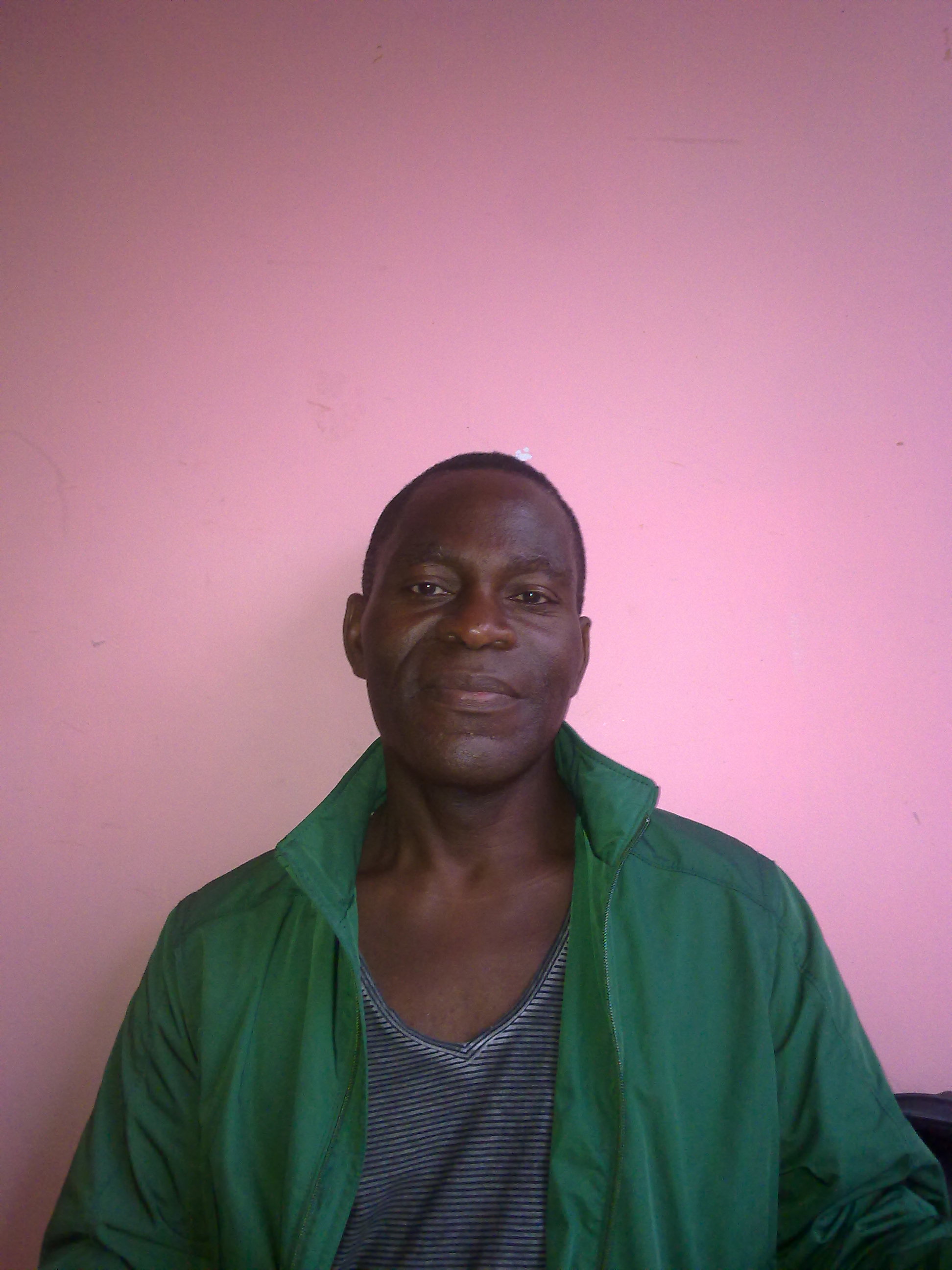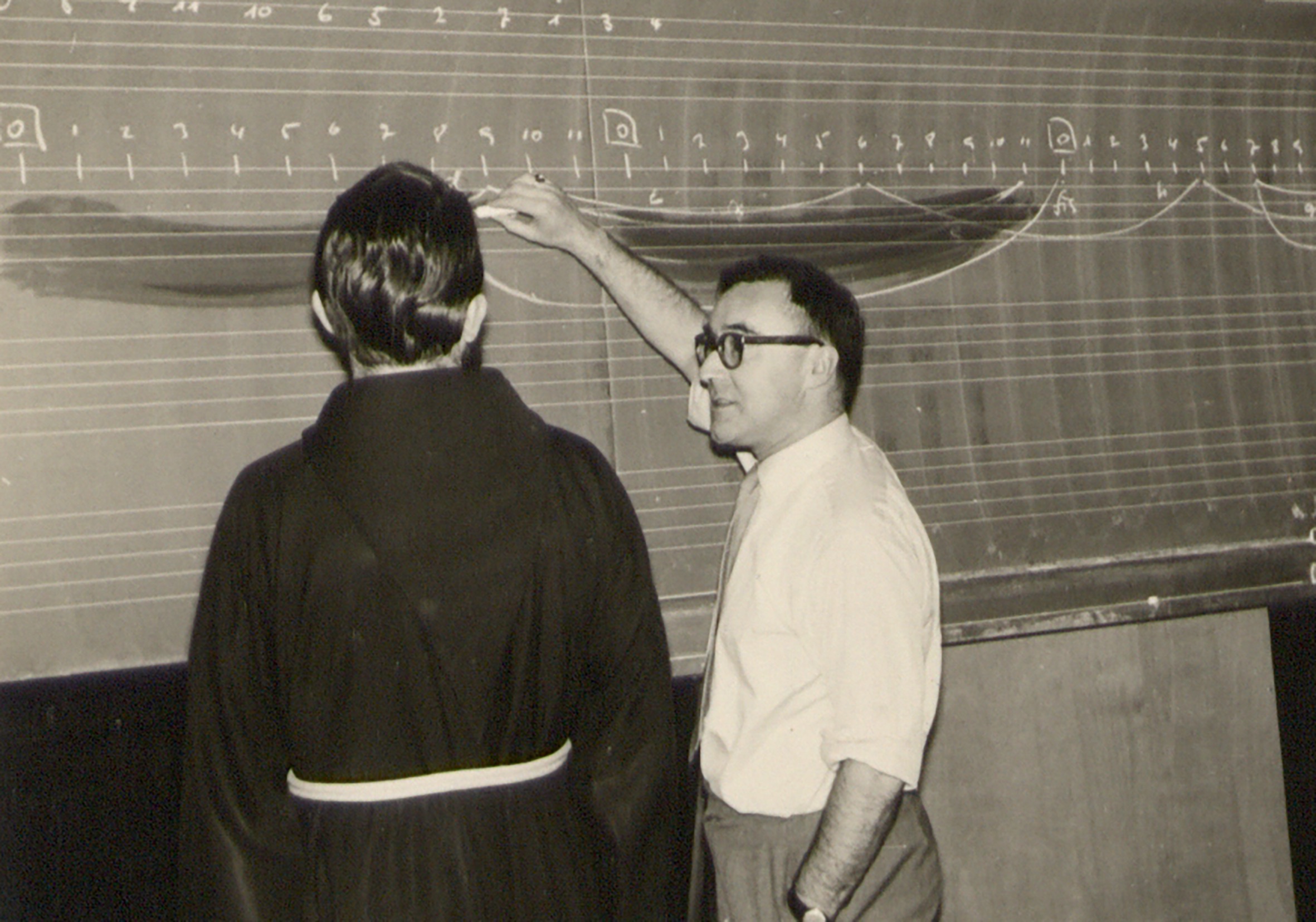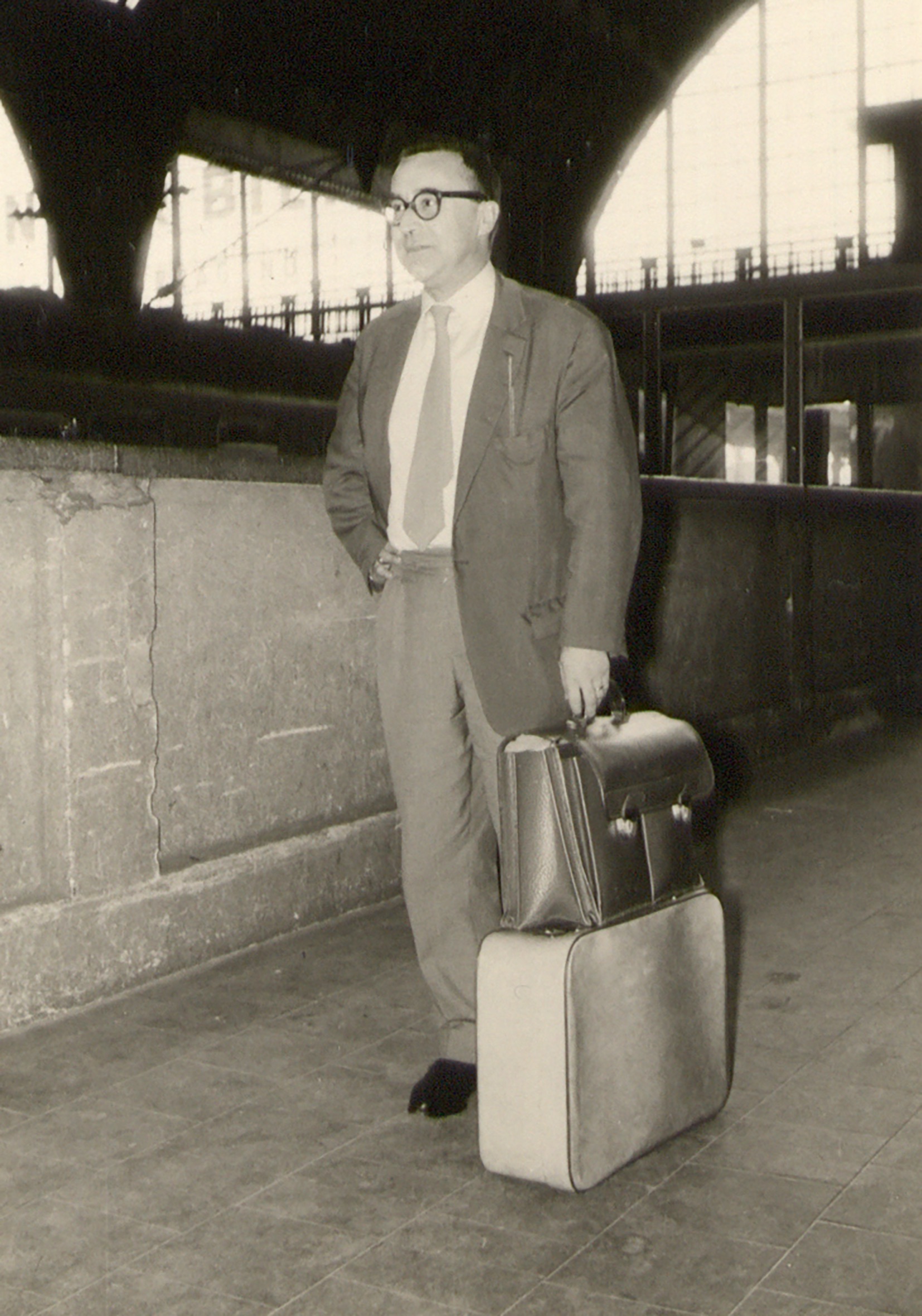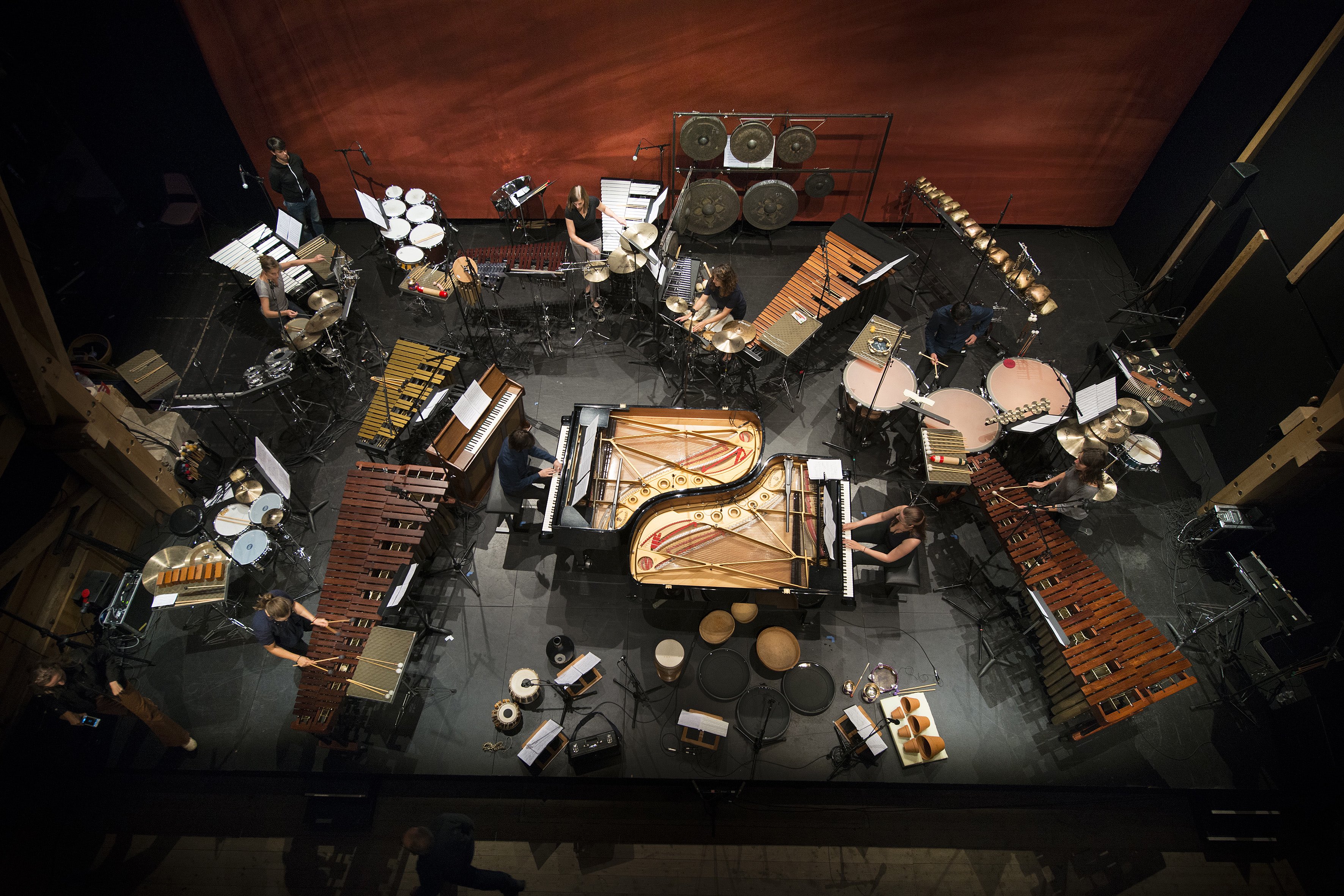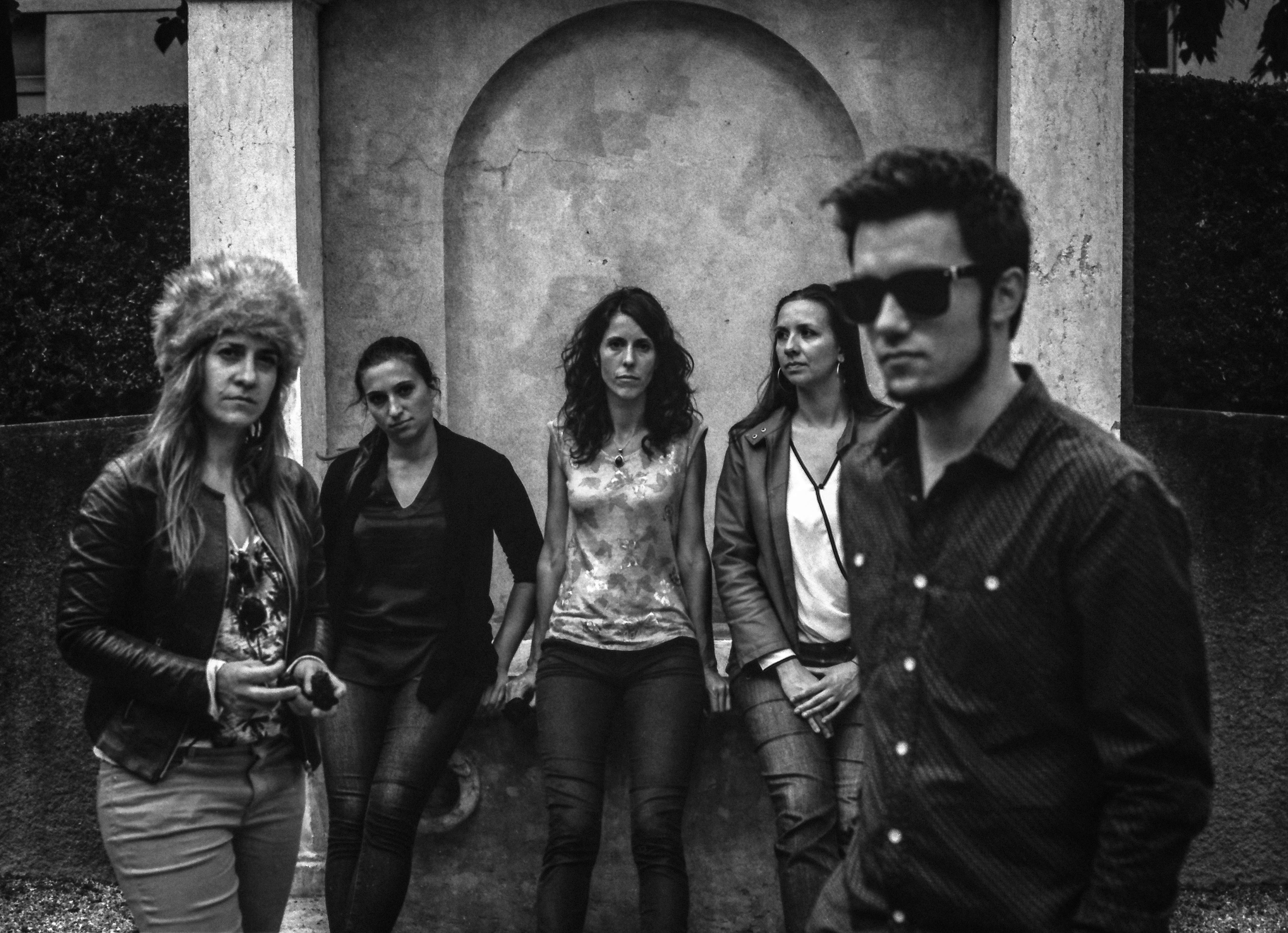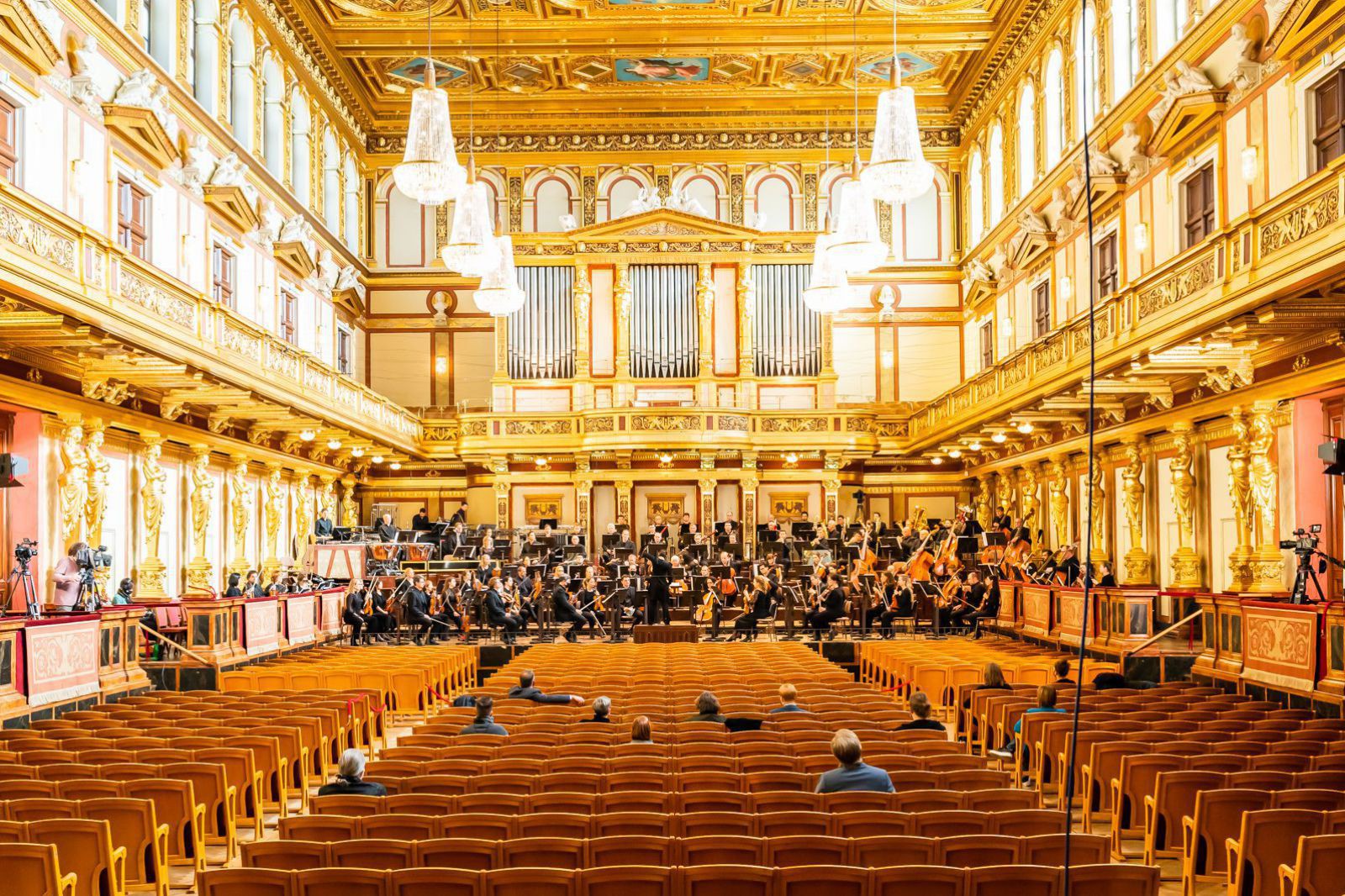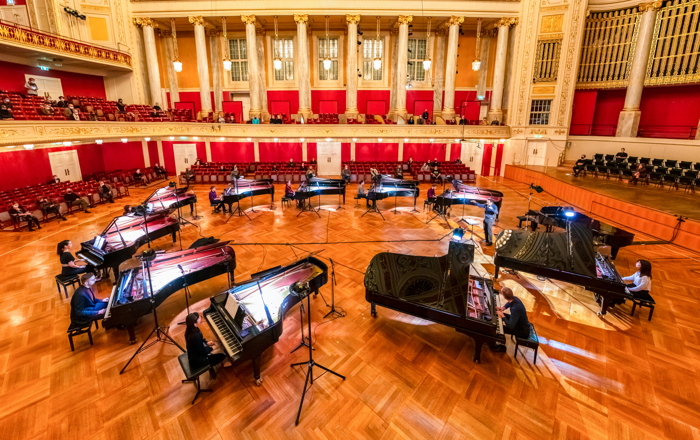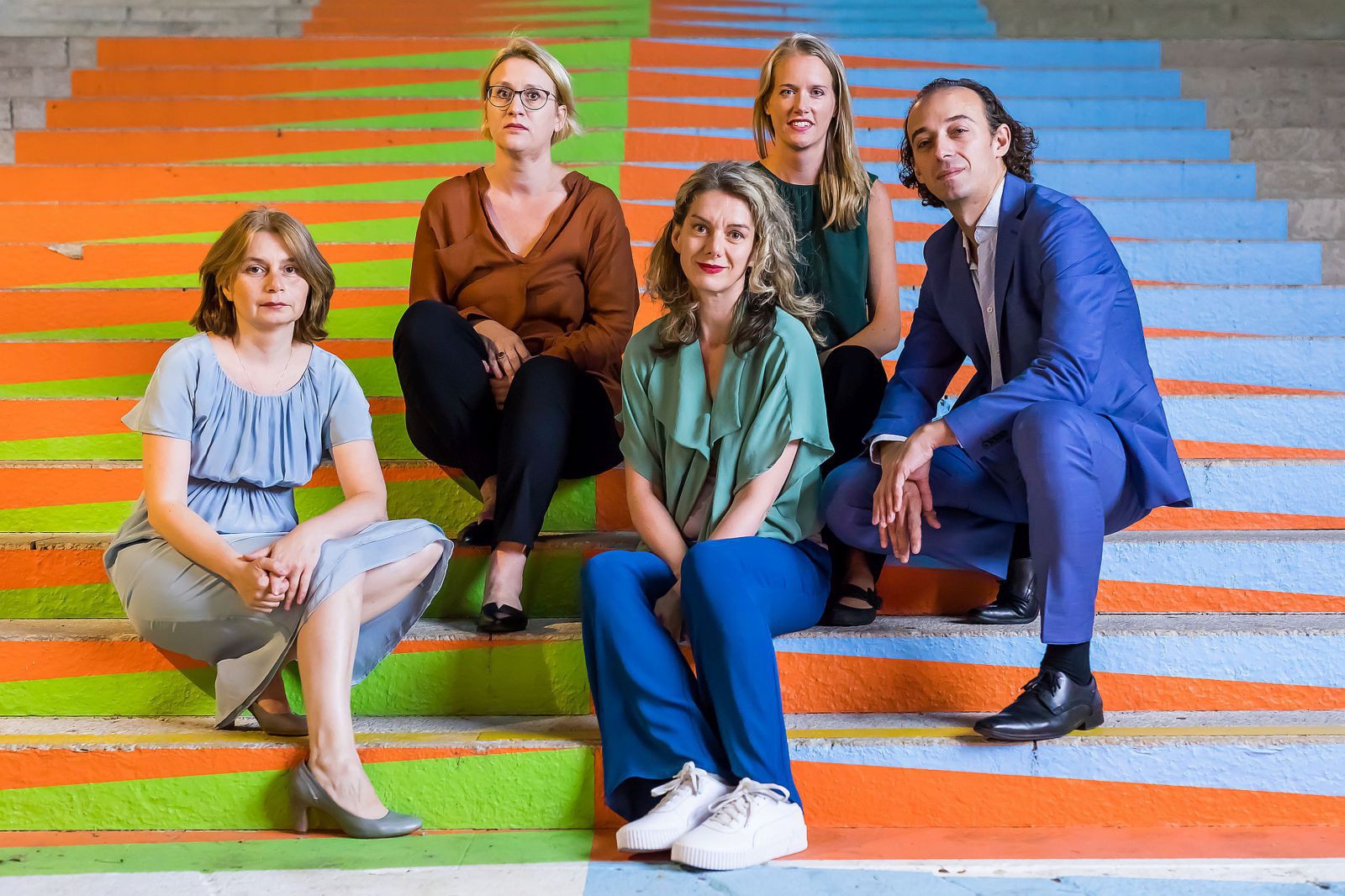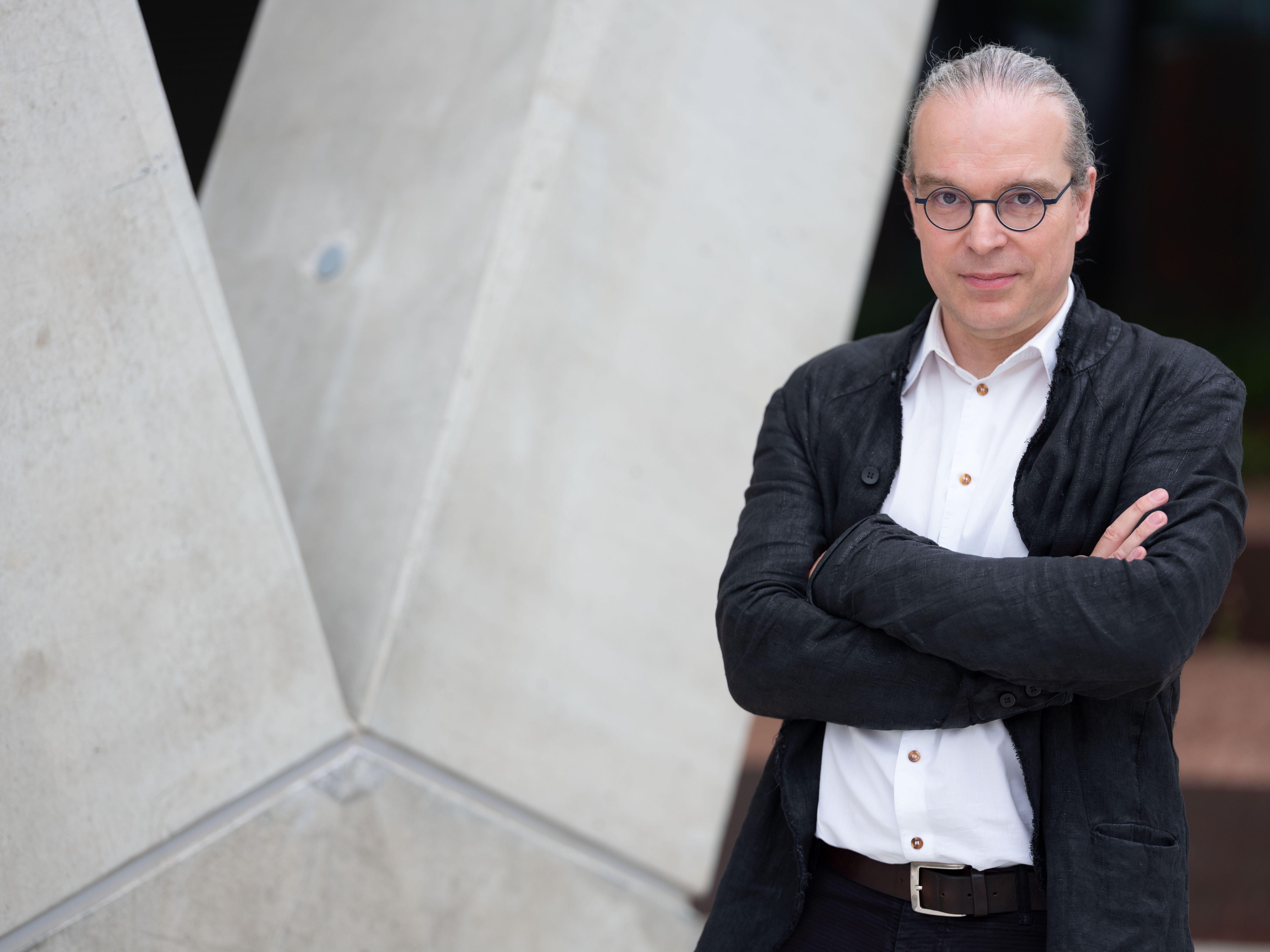The tree price winners are:
1. price: Yiquing Zhu (Shanghai) for Deep Grey (Basel Sinfonietta / Peter Rundel)
2. price: Arthur Akshelyan (Yerevan) for Three pieces for Orchestra (Sinfonieorchester Basel / Francesc Prat)
3. price: Miguel Morate (Valladolid) for Comme s’en va cette onde (Kammerorchester Basel / Frank Ollu)
Gabrielle Weber
The Basel Composition Competition (BCC) is taking place for its third edition. During one week, Basel will become the centre of new orchestral music.
Twelve international candidates will compete with new compositions, premiered by three major orchestras: Basel Symphony Orchestra, Basel Sinfonietta and Basel Chamber Orchestra. Due to the pandemic, the concerts will take place without an audience, but played live and streamed online. During the final concert on Sunday, three to five selected works from the preliminary rounds will be performed again and the jury will award the prizes live, on location.
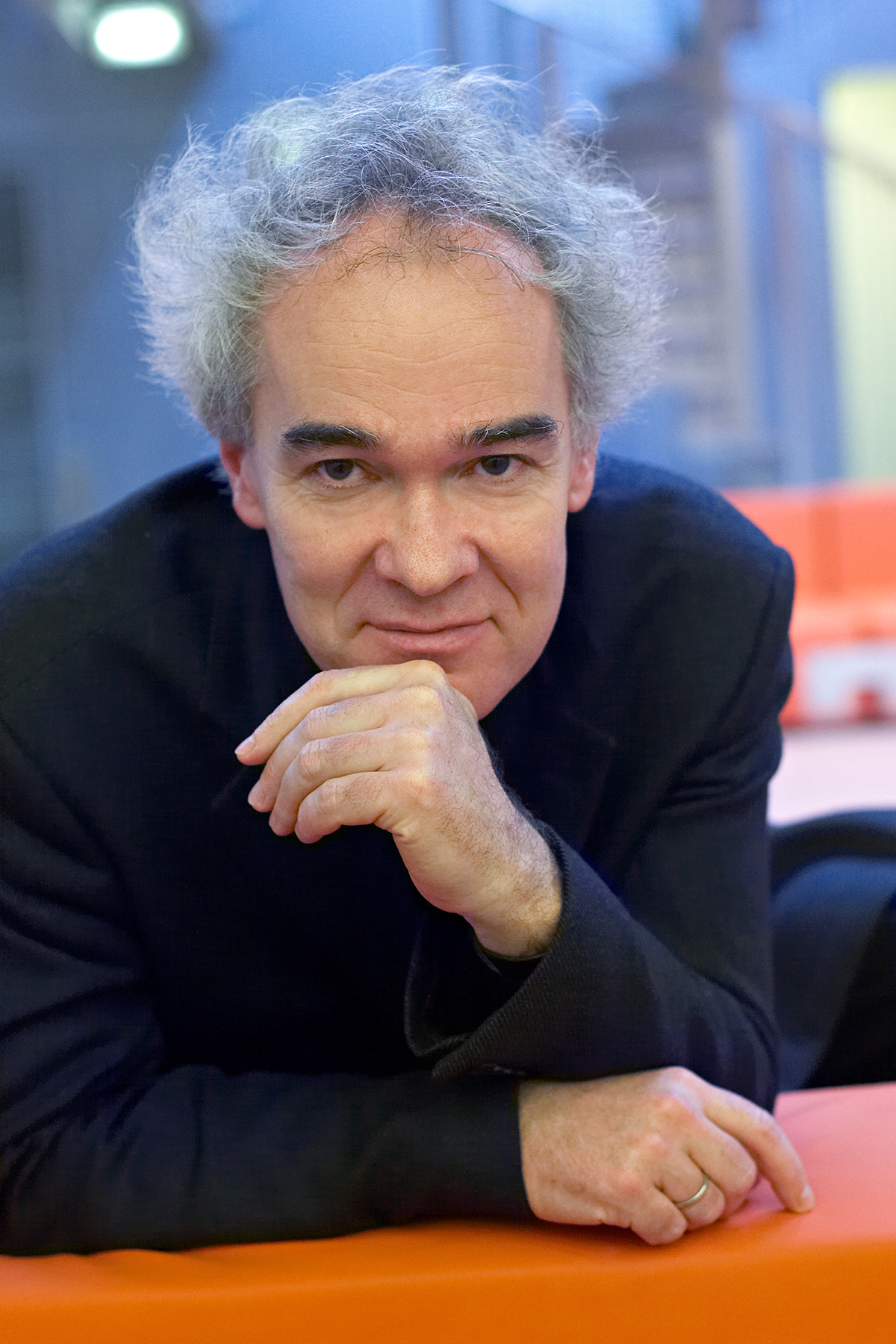
The international and biennial competition’s goal is to encourage the creation of new orchestral works and in doing so, it carries on the tradition of Paul Sacher’s promotion of such significant compositions. The Paul Sacher Foundation is also represented in the competition’s jury and contributes with its know-how.
The fact that such a large-scale project could become a reality in Basel is due to initiator and director Christoph Müller, who also manages the Basel Chamber Orchestra. His enthusiasm for contemporary music is such, that he believes it deserves more than being relegated to encores next to the orchestral common practice period repertoire and hopes that the competition will help the pieces find their way into the standard repertoire of the three competition-, as well as other important orchestras.
12 candidates have been invited to the competition. Their new works will be premiered by the three orchestras during three concerts. Seven for symphony orchestra, five for chamber orchestra, which is amazing in pandemic times.
Müller is particularly happy about the Don Bosco venue, Basel’s new cultural centre, offering ideal conditions. For example, pandemic-related distances between the musicians can be maintained and there is enough room between jury and orchestra.
Sakiko Kosaka, Micro roots, candidate BCC 2019
The Basel competition – unlike others – hardly imposes any exclusion criteria or restrictions, like ages limit or diplomas. The only condition is that the submitted works must not have been performed nor awarded prizes before.
Candidates from all over the world
The high number of applications also shows that the Basel Composition Competition fulfils certain needs and demands, says Müller. Not all composers follow a ‘straight path’ and are ‘ripe’ for a competition at exactly the right age.
There were 355 applications in total, from all age groups – with candidates between 14 and 87 years of age, from all over the world and with the most diverse musical backgrounds. The percentage of women was very modest however, at only 8%.
Of course the competition is also made attractive by conductors Peter Rundel, Franck Ollu and Francesc Prat, who promise the highest musical level, the online distribution and the total prize sum of 100’000 Swiss Francs, which guarantees considerable prizes.
Anonymous procedure
The procedure for the preliminary round was anonymous, as the submitted scores were evaluated, without considering the corresponding CVs.
A high-calibre international jury, chaired by composer Michael Jarrell from Geneva, was responsible for the pre-selection, which took place during an intensive weekend in November 2020.
The jury includes Korean composer Unsuk Chin, living in Berlin, Swiss composers Beat Furrer and Andrea Lorenzo Scartazzini and Dr. Felix Meyer, director of the Paul Sacher Foundation, joined by three representatives of the participating orchestras.
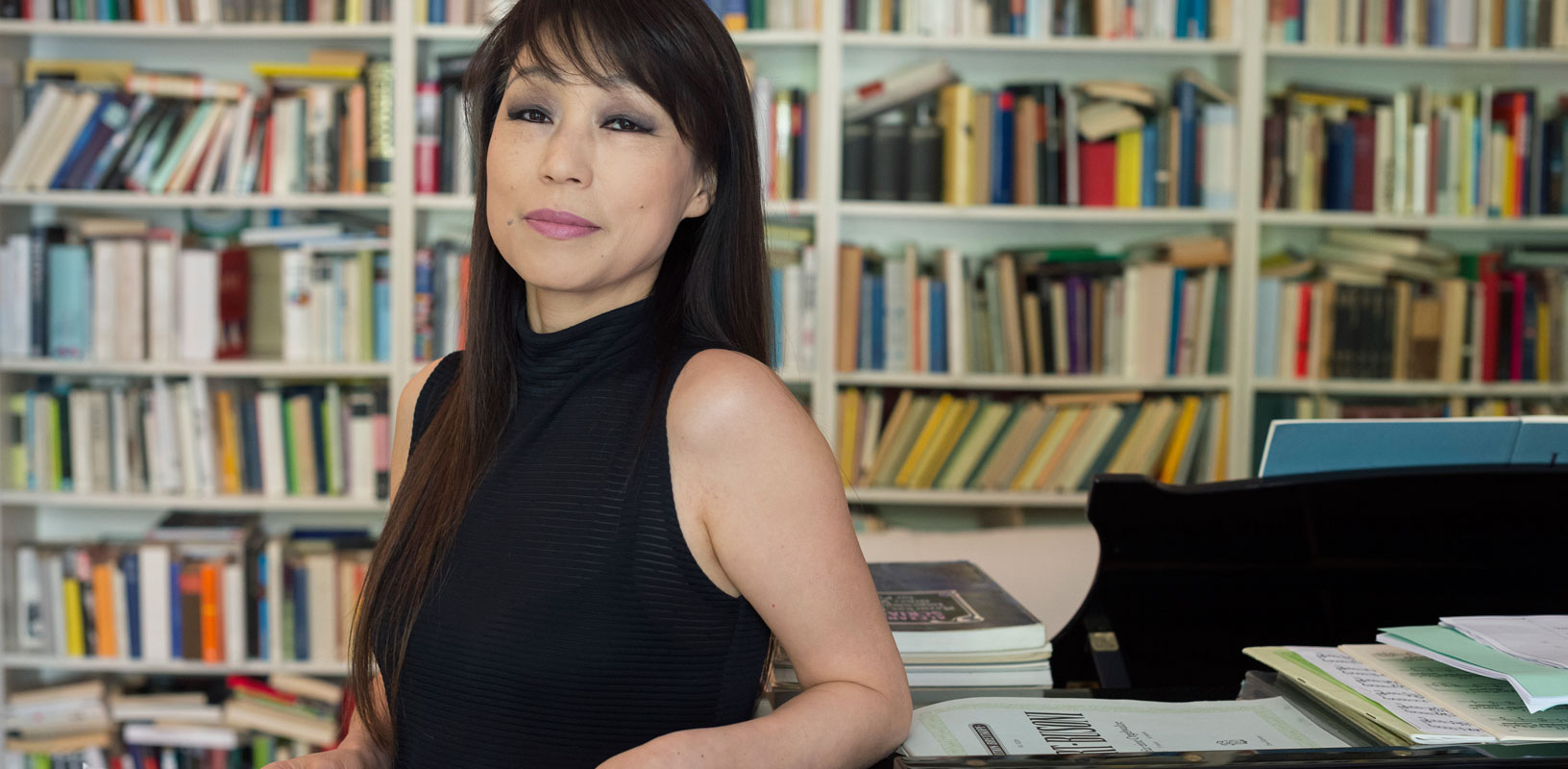
With the exception of two candidates who, due to the pandemic, are participating via zoom, all the invited candidates have travelled to the competition even from far away, like Japan, Korea, China, Spain, Germany or the United States. Usually, the composers also attend the rehearsals of their fellow competitors, but for this edition – due to the pandemic – they are only assisting the creation of their own piece.
Swiss music is underrepresented this time. Artur Ashkelyan from Armenia is a composer that can be considered part of the Swiss scene as he studied composition at the Haute école de musique de Genève. For him, the competition has a special significance, because unlike most of the other candidates, he has so far composed mainly in the realm of chamber music. His new piece Three pieces for orchestra will now be premiered by the Basel Symphony Orchestra.
Artur Akshelyan, candidate 2021 / 2nd price 2021: Sinouos for Piano Trio 2015
The edition of 2019 of the highly remunerated Basel Prize had experienced controversial debates, for – despite a gradually greater gender balance in the relevant New Music institutions – the young competition apparently did not succeed in integrating female composers into the jury.
Efforts were made to recruit suitable women for the jury, says Müller. Several were approached, but for various reasons, they were turned down.
Things look a little different now, as Unsuk Chin, an internationally renowned female composer, is part of the jury.
On the other hand, unlike for the 2017 and 2019 editions, not a single woman made it into the final competition in this year’s edition. This is alarming, but not surprising given the low number of works submitted by women. Müller would therefore like to specifically encourage women to apply.
The Basel Composition Competition sends out the important message that large orchestras can work together in order to promote contemporary music. This is crucial, especially at a time when there are hardly any performance opportunities and orchestras have to cope with high pressure.
Feedback from the composers who made it into the competition confirms this. Having a new piece will be performed live by a great orchestra and made accessible to a worldwide audience, especially now, is an invaluable opportunity, says Oliver Mattern, a candidate from Germany. His fellow competitor from Japan, Hiroshi Nakamura, who has travelled from Tokyo, can hardly believe that his piece will be conducted by Peter Rundel, a conductor he admires ever since he attended a performance of Luigi Nono’s Prometeo conducted by him in Japan, at a very young age.
There will definitely be exciting works to listen to: 12 pieces from all over the world, 12 completely different approaches to the genre of orchestral works. Many pieces refer to other genres and media, to visual art, philosophy, Nô theatre, or physics and astronomy. They also deal with the present, the current pandemic situation or spirituality and religion.
The suspense continues until the end, when the three prizes will be awarded.
Let’s hope for a higher number of female jurors next time, and above all more female candidates as well as prize winners of course.
Gabrielle Weber
The three competition concerts (Thu-Sat, 4-6-3.21) will be streamed live and can be listened to afterwards on neo.mx3.ch and youtube.
The competition entries of the last edition 2019 (11 concerts) are also available on neo.mx3.
Basel Composition Competition, 3. Durchführung: 4.-7.März 2021
Live-Stream 1. Wettbewerbskonzert, Donnerstag, 4.3.21., 19h: Basler Sinfonieorchester, Leitung Francesc Prat
2. Wettbewerbskonzert, Freitag, 5.3.21., 19h: Basel Sinfonietta, Leitung Peter Rundel
3. Wettbewerbskonzert, Samstag, 6.3.21., 19h: Kammerorchester Basel, Leitung Franck Ollu
Final concert, sunday, 7.3.21., 20h: on Idagio Global Concert Hall (until april 14th 2021)
broadcasts SRF 2 Kultur:
Musikmagazin, 6./7.3.21 (beginning): Annelis Berger talks with Gabrielle Weber about the BCC, editorial Annelis Berger
Kultur Aktuell / Kultur kompakt, 8.3.21: critique final concert, editorial Benjamin Herzog
Musik unserer Zeit, 21.4.21: Basel composition competition – , editorial Gabrielle Weber
profiles neo.mx3:
Basel Composition Competition, Michael Jarrell, Beat Furrer, Andrea Lorenzo Scartazzini, Artur Akshelyan


